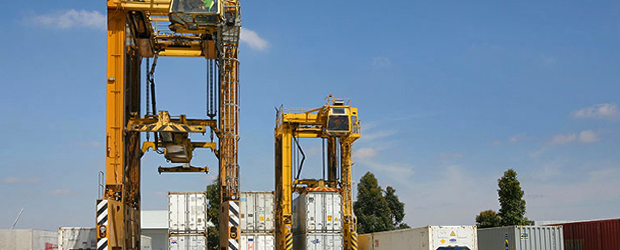
The remote monitoring of sensitive cargo is now in the digitized hands of real-time telemetry systems, networked information technology solutions that integrate computer smarts with refrigerated containers. Regardless of whether the containers are rumbling down a highway or cutting through ocean waves aboard ships, highly specialized software is governing this live network, harnessing every scrap of available data to seamlessly deliver cargo on time and under cost.
The secret behind the logistics software powering these interconnected systems lays in the provision of numerous data streams. The GPS sourcing of location information is tagged alongside directional vectors, the speed of a particular vessel or vehicle, and tied in with port authority information to clear red tape. That same dynamic adds a requisite factor of versatility to account for real world scenarios, the unforeseeable change in weather patterns and other vagaries of nature that perplex computers. One example of this methodology is the live manipulation of reefer environmental settings to adjust for a delay. Perishable content obviously benefits from the features of this advanced software solution, laying the framework for logistics suites such as VesselConnect and Startrak. Indeed, these packages are designed with one purpose, to monitor containers full of cargo that would otherwise spoil if the logistics of a situation varied beyond calculated limits.
The equipment required for these specialized freight transportation links is derived from a telematics solution, a blending of remote servers and clients that are located on transport vessels, rail cars, and trucks. The system administers client and company stipulated environmental control coefficients that are computer-monitored and maintained in relation to fuel quantities, weight of the cargo, the potential for cargo spoilage, and any number of other factors that contribute to the final value of the refrigerated freight. The aforementioned servers link via hard-wired connections and wireless asset management protocols (WAM) to each container, relaying temperature and humidity values from a series of extremely accurate in-box sensors. A GSM (Global System for Mobile communications) link keeps a base station in touch with the remote-monitored containers, partnering with GPS to relay updates at preset time intervals.
The automation factor delivered by these software logistics solutions requires an additional layer of information technology to administer a fully-capable remote monitoring service, but the peace of mind brought to the freight delivery paradigm when delivering perishable meats, vegetables, and pharmaceutical products makes the initial layout of capital worth every penny. The latest software versions in service are now harnessing cloud storage features and WiFi technology, using these relatively new and innovative connectivity options to push alerts to ground-based reefer storage facilities and shipboard monitoring rooms alike.
Look out for new systems with greater reefer command features. These systems are rapping on the front door of transport technology. Going beyond monitoring, the next generation of WAM-R management is capable of remotely controlling temperatures and CO levels. They manage defrost cycles, ventilation settings, and deliver the results as texts and emails, putting real-time monitoring on the cusp of the mobile technology revolution.